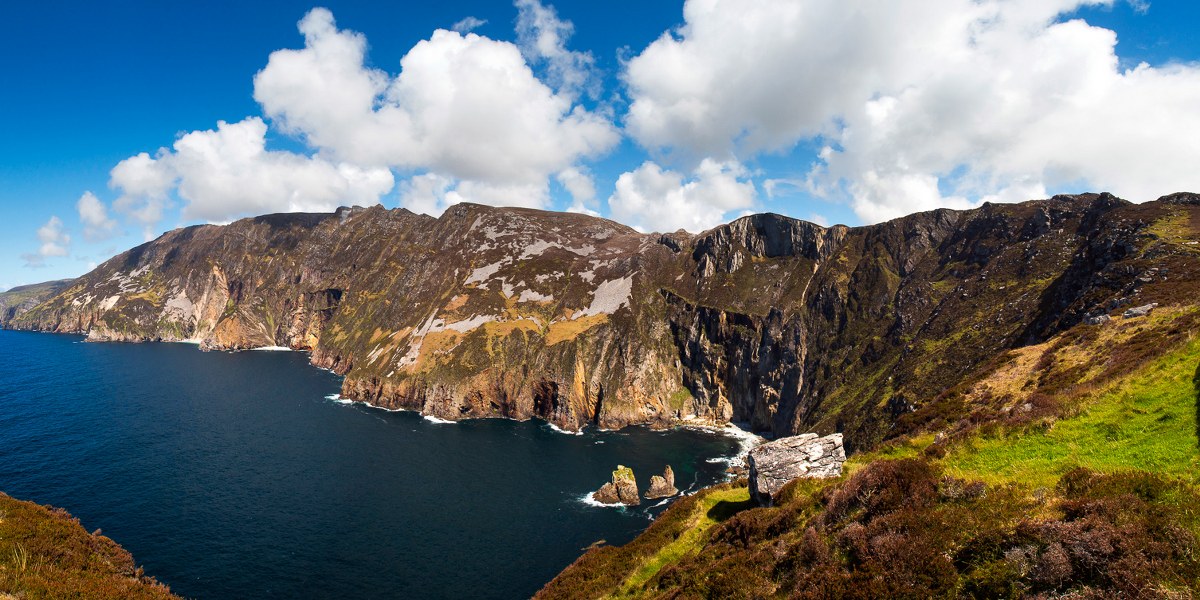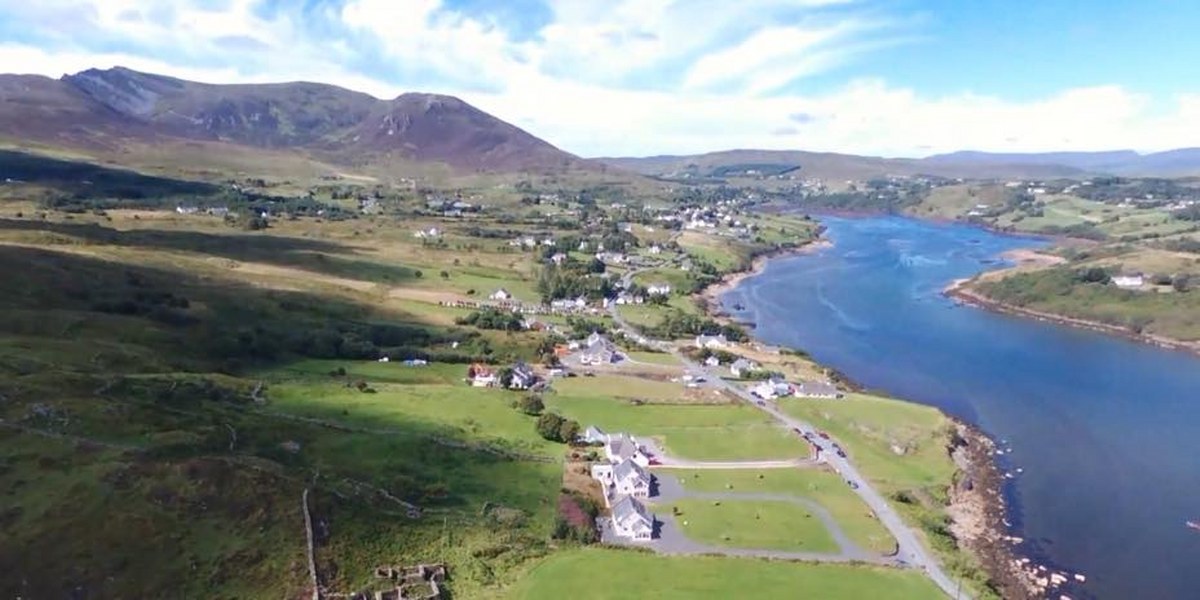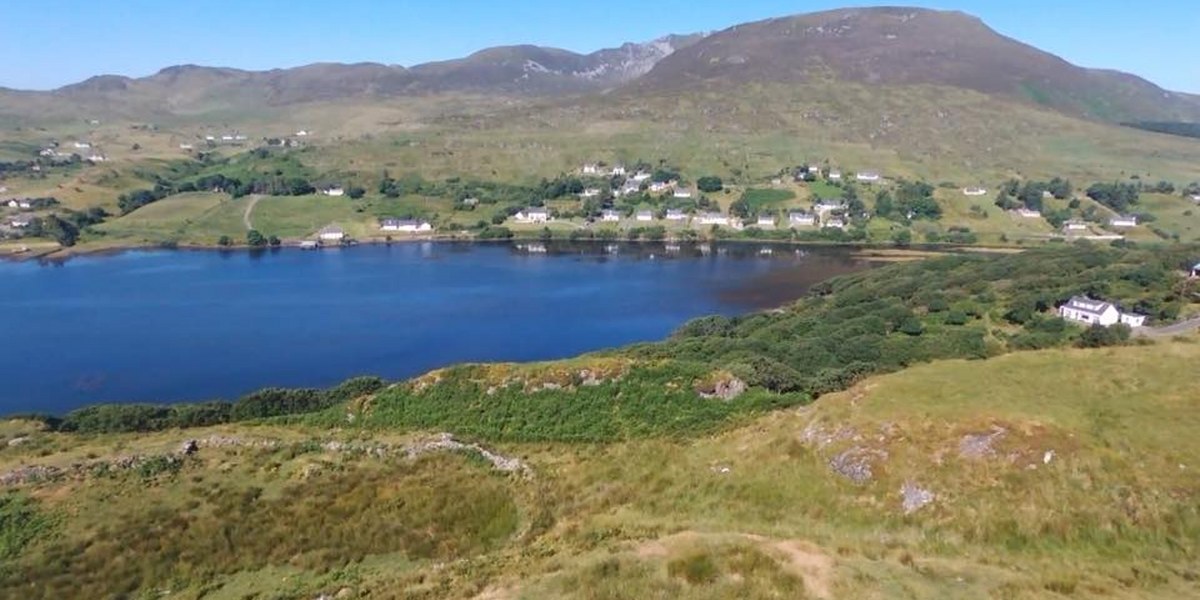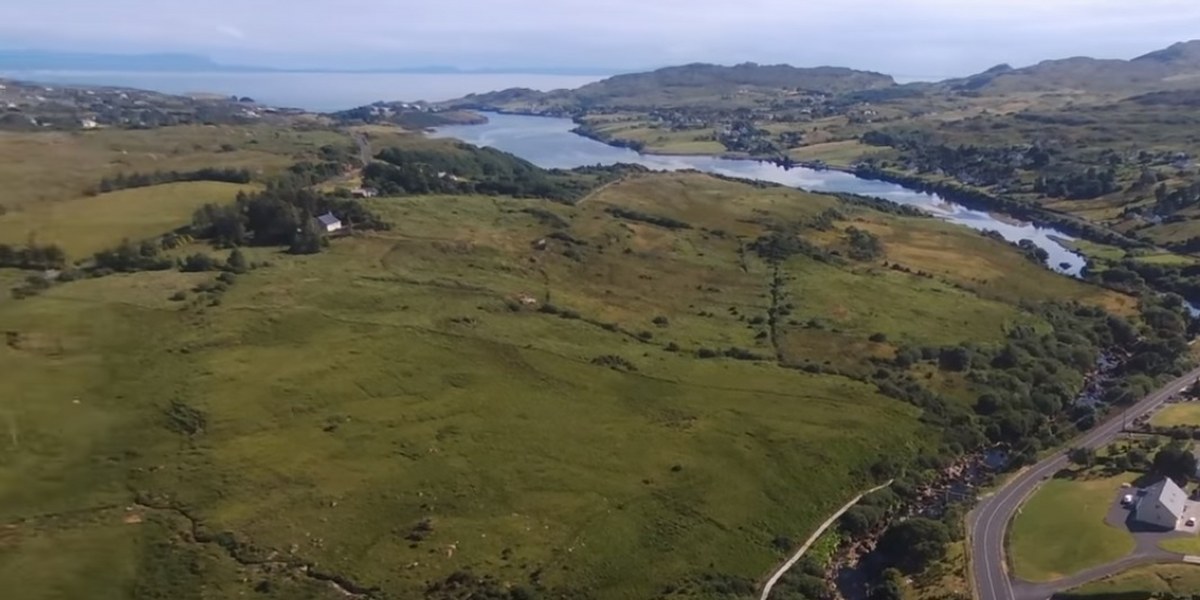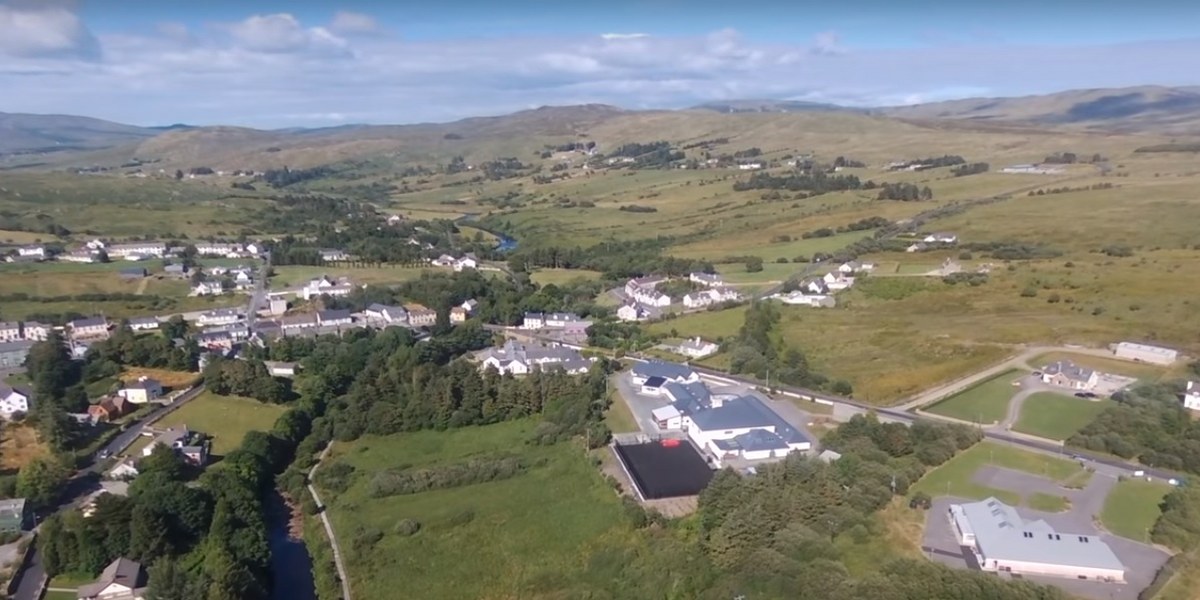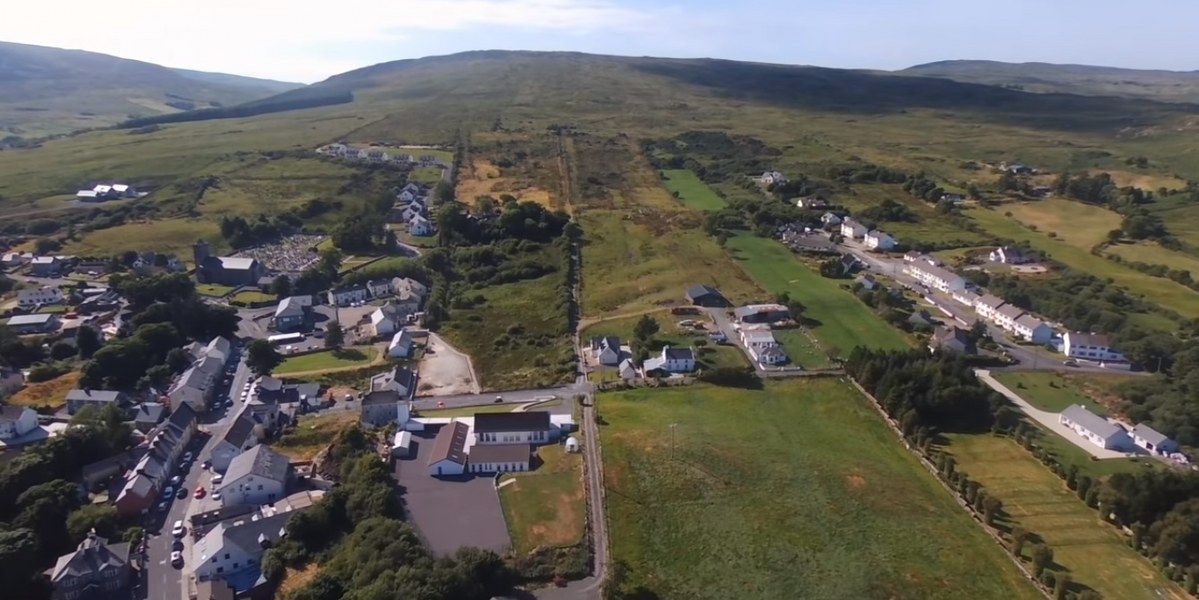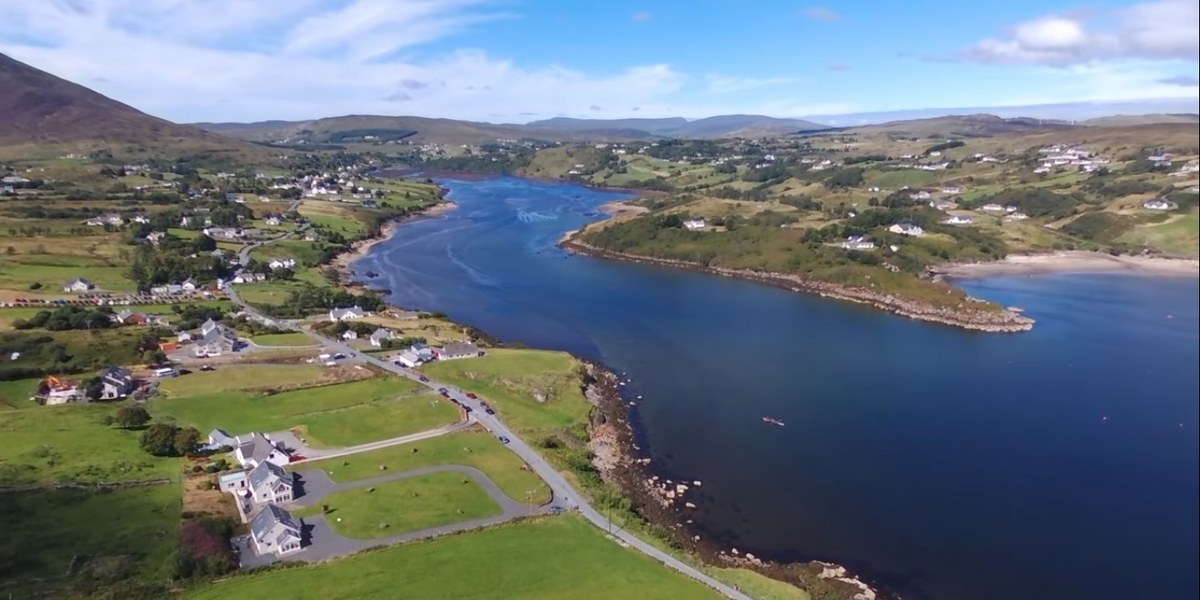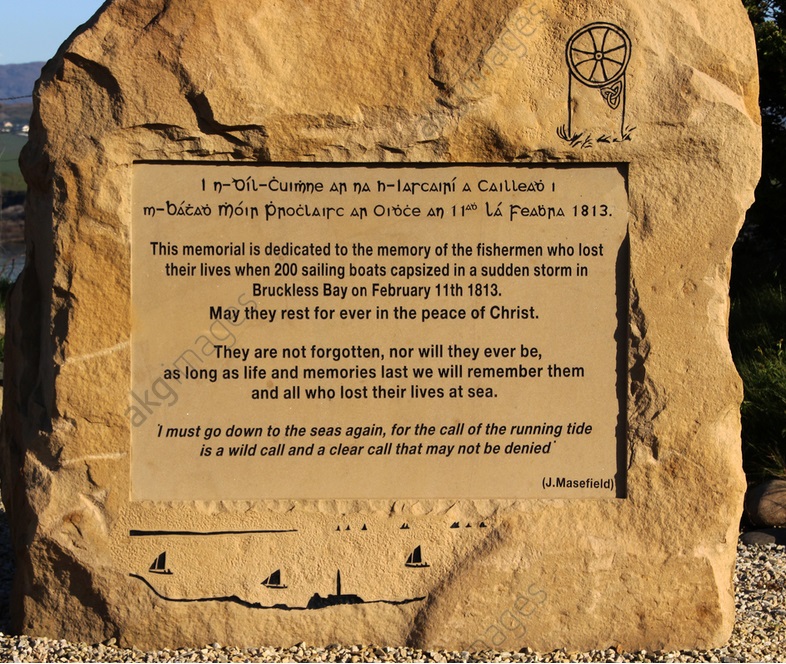
**UPDATE 15 June 2021, Joseph Gallagher was doing some research into this and found details of a storm that passed over during the time of the tragedy so this would clear Mrs Deveney’s name.**
The Storminess Record from Armagh Observatory, N. Ireland 1796-2002.
Armagh Observatory was established in 1790 by Archbishop Richard Robinson. Robinson was the Church of Ireland Archbishop of Armagh (Butler and Hoskins 1987). Although the main focus of the Observatory was astronomy, daily meteorological records were kept from 1794, when the Observatory became operational. Only air temperature and barometric pressure were recorded during 1794 and 1795. From 1796 to 1843 wind direction was also recorded and a brief written daily weather comment was also included in the daily weather register.
The daily description of weather included reference to storms and their effects. The only gap in the record is from mid-1825 to 1832 when no weather data was collected. In addition, no daily weather descriptions were recorded for 1883. From 1844 to the present there is also wind strength data, mostly instrumental but also some observer data. This makes this dataset the longest ongoing weather record on the island of Ireland. The Observatory is located on top of a drumlin on its own site of approximately 14 acres.
The Observatory although located on the edge of Armagh city is still predominantly surrounded by farmland and the playing fields of a number of schools. The city has grown in size from around 7,000 to 15,000 people over the study period and is highly dispersed and low density. A study by Coughlin and Butler (1998) showed the effects of urbanisation on the mean air temperature at the Observatory were minimal. However, the one threat to the quality of the wind data from the Observatory was the growth of trees around the main building.
This led to the original cup anemometer on the roof of the Observatory to be abandoned in favour of the more suitable site of the Back Lawn where the current meteorological site is located. This paper will examine the weather diary record of storms in Armagh from 1796 to 1999 and the instrumental/observation record from 1844-1999 and will highlight some of the difficulties in assembling such chronologies, even from one site.
The weather diary record from 1796-1999
This data was abstracted from the daily weather diary. From the earliest weather diaries the recording of storms seems to have been a key component of the description (Appendix 1). The definition of a storm used was the use of the words tempest , storm o r gale in the written description.
The description must clearly indicate that this event was not a gust, thunderstorm or snowstorm and that the wind was sustained for a length of time. Table 1 contains a brief list of some of the most noteworthy storms that have affected Armagh as recorded in the weather diaries.
Weather Records For February 1813
1813 1 6 Stormy and wet (S)
1813 1 10 Clouded and hazy with some light rain - wet and stormy night (SW)
1813 2 8 Blowing and mostly raining. Stormy and wet bright later (SW)
1813 2 12 Very clouded. A very stormy and wet night (WNW)
1813 2 15 Clouded and blowing with rain afternoon. Stormy night (WSW)
1813 2 19 Blowing, with some rain. Stormy at night (SW)
1813 2 20 Blowing, but mostly fair. Wet and very stormy night (SW)
1813 2 21 Fine morning - very wet afternoon - very stormy night (SSE SSW)
1813 2 26 Stormy morning with some rain. Blowing day with flying clouds. Stormy night, with rains (SW)
The Bruckless Drownings
On the 13th February 1813 a very sad happening occurred in Bruckless Bay. It was the drowning of crews of fishermen which consisted of eighty men. It was one calm, moonlight night and they were out looking at their nets and the young boys were singing and enjoying themselves and the old men smoking when all of a sudden a great storm arose and the boats capsized and most of the men were drowned.
A few men from this locality were saved because they all the creeks. The men who were drowned were from Teelin, Fintragh and Mullac-mor. This how the great storm arose. On a little hill overlooking Bruckless there stood a little cottage and an old witch and her daughter lived there with another woman. The witch's name was Katie Deveney and one [day?] she went down to the shore and asked the men for a few fish.
They refused to give her any as they did not like the old hag. Next day she sat on the little hill until she saw the fishermen out and she went down to her home and got a tub and filled it with water and left it outside the house. Then she went into the house and got a basin and she put it floating on the water in the tub. Then she came back into the house and began to work magic. After a few hours she sent her daughter out to see the basin, and when the daughter came in she told her it was rolling. After a while she sent her out again and when the daughter returned she told her that it was rolling faster.
A third time she sent her out and when she came in she told her mother it was turned over. "Well" said the old hag "It is time for us to be going", and from that day to this day they were never seen or heard of. The tub with the water represented the sea, the basin represented the boat and when the basin was rolling it meant that the sea was rough and the boat was rocking and when the basin turned over it meant the boats (ca) were capsized.
That was the greatest drowning ever happened around the coast of Donegal. The men from Teelin, Fintragh etc. were taken home on a wagon drawn by two bullocks and it is said that it was very sad to see the heart-broken wives coming out to see their husbands and sons taken home. As there was a tannery in Bruckless the boss gave the two oxen and wagon to take the dead bodies home.
Click here for detailed research by Joe Gallagher about the tragedy.
DROWNING IN BRUCKLESS. (JOHN MC FADDEN)
John’s great grandfather was one of the only survivors of the disaster. Only a few boats came home safe. He had been in one, and they put nets out of both sides of the boat to keep it steady. Forty eight to forty nine from Kilcar drowned. They had been fishing herring.
It has been said that an old lady - a witch of sorts had been refused fish. She had a saucer in a tub of water which she kept pouring water on repeating each time the saucer hit the bottom “that’s another gone now”. A storm caused the drowning.
Gravestones in the old St. Cartha church give accounts of those who died in the tragedy. Superstitious fishermen would turn back and go home if they met a red haired woman. (same if taking cattle to the fair).

